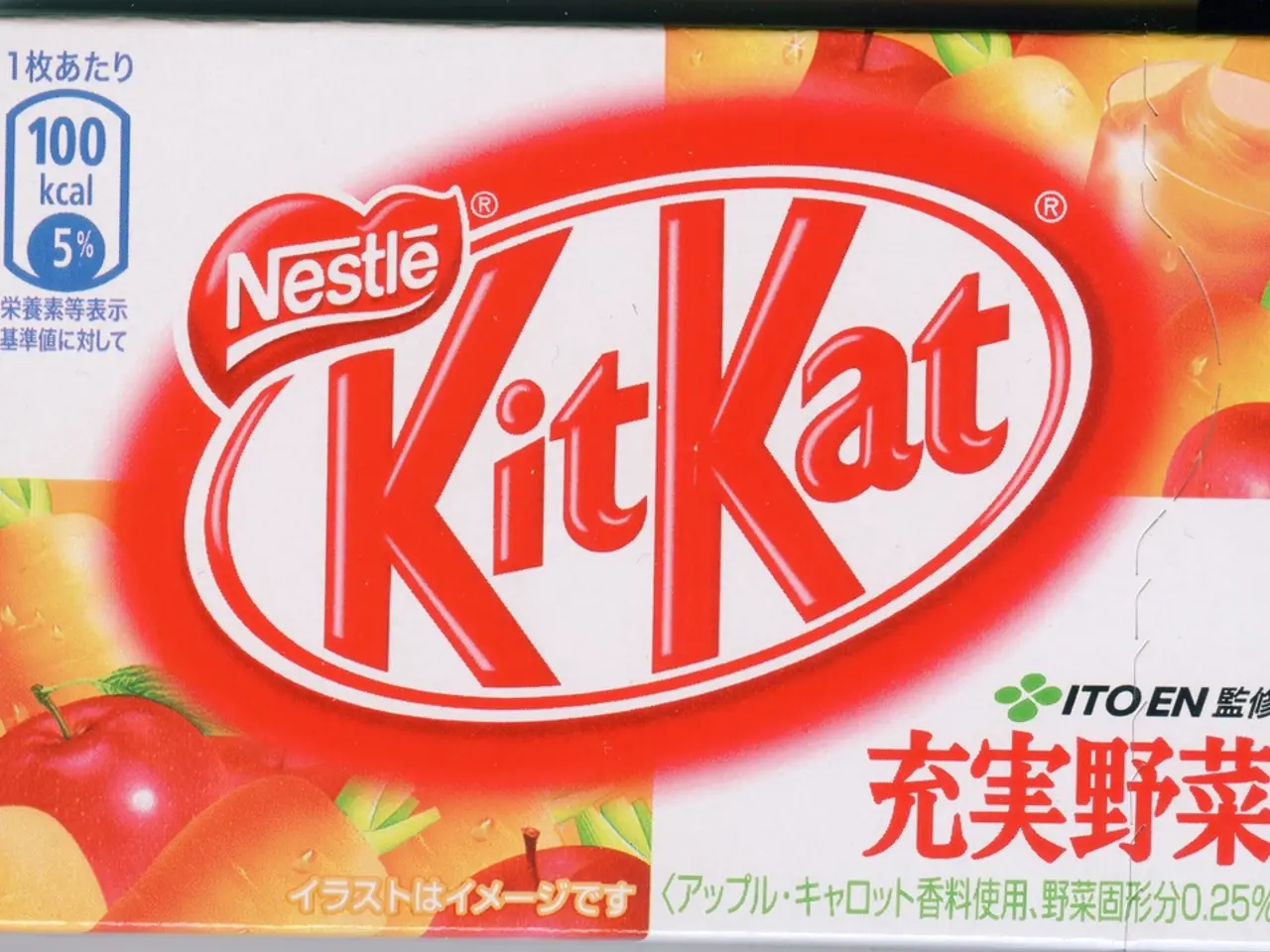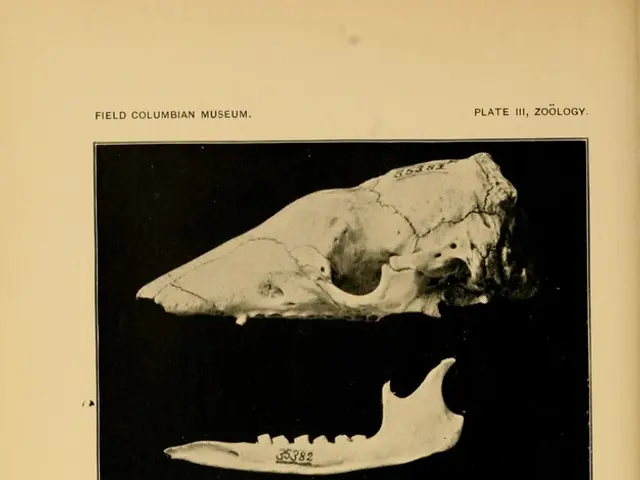Ketogenic Diet versus Atkins Diet: Variations, Health Advantages, and Potential Drawbacks
In the realm of weight loss and health-conscious diets, two popular low-carb options have emerged as favourites: the ketogenic diet (keto) and the Atkins diet. While both aim to promote weight loss and improve overall health, they differ in their approach and long-term viability.
The ketogenic diet, with roots tracing back to the early 20th century, is a strict regimen that aims to put the body into a state called ketosis. This metabolic state occurs when the body burns fat for fuel instead of carbohydrates, producing ketones in the process. To achieve this, the keto diet strictly limits carbohydrate intake to less than 20-50 grams of net carbs per day.
On the other hand, the Atkins diet, developed by Dr. Robert Atkins in the 1970s, also restricts carbs but allows for more flexibility as it progresses through phases. In its initial stages, the Atkins diet is as stringent as the keto diet, limiting carb intake to about 20 grams per day. However, as the diet progresses, more carbs are gradually introduced.
One of the main differences between the two diets lies in their long-term viability. Maintaining a keto diet long-term can be challenging due to its strict carb limitation and potential social and dietary restrictions. However, many people find it sustainable with proper planning and support. In contrast, the Atkins diet is designed to be more flexible in the long term, allowing for a gradual increase in carb intake as the phases progress, making it easier for some individuals to maintain over time.
Both diets exclude certain food groups, with the keto diet eliminating grains and legumes but allowing for some specific fruits and vegetables, while the Atkins diet consists of 4 phases distinguished by the amount of carbs that a person eats each day, starting with 20-25 g of carbs per day in the first phase.
It is essential to note that when following any diet that eliminates food groups, it is crucial to meet daily nutrient needs in other ways to avoid deficiencies. Additionally, no strong, long-term studies indicate that restrictive, low-carb diets are healthful for extended periods, and research has found an increased risk of mortality among people following low-carbohydrate diets rich in animal protein and fat.
Both the Atkins and keto diets involve carbohydrate restriction and can result in similar effects, such as weight loss. However, the keto diet causes the body to enter a state of ketosis continuously, while the Atkins diet may allow for ketosis in the first and sometimes second stages. The Atkins diet also allows for moderate protein intake, eventually allowing for 80-100 g of carbs per day in the maintenance phase.
Both diets encourage a focus on unprocessed foods. However, it is important to consult a healthcare provider before making any major dietary change, especially for people with chronic health conditions. Side effects and risks associated with ketosis include keto breath, keto skin rashes, keto flu, nutrient deficiencies, and a potential loss of muscle mass.
In summary, while both the Atkins and keto diets restrict carb intake, the keto diet is more stringent and focused on inducing and maintaining ketosis, whereas the Atkins diet is more flexible and aimed at gradual weight loss through carb reduction. The keto diet is often more challenging to maintain long-term due to its strictness, whereas the Atkins diet offers more flexibility as it progresses. It is essential to consider individual health needs, lifestyle, and preferences when choosing a diet plan.
- The ketogenic diet, in contrast to the more flexible Atkins diet, is a stringent low-carb regimen, limiting daily net carb intake to less than 20-50 grams, aiming to induce ketosis.
- Originally developed in the 1970s, the Atkins diet also restricts carbs but progresses through phases, starting with only 20 grams of carbs per day, before gradually increasing carb intake as dieters advance.
- When considering the long-term feasibility of these diets, maintaining the keto diet might be challenging due to its strict carb limits, but with proper planning and support, many find it sustainable. The Atkins diet, on the other hand, is designed to be more flexible for longevity.
- While both diets eschew certain food groups, causing weight loss, the keto diet excludes grains and legumes but allows some fruits and vegetables, whereas the Atkins diet consists of four phases, each with distinct daily carb limits.
- It is paramount to ensure daily nutrient needs are met when following any diet that eliminates food groups, as strong, long-term studies suggesting that restrictive, low-carb diets are healthy for extended periods are currently lacking.
- Despite the weight loss outcome from both diets, the Atkins diet may only induce ketosis in its initial stages, while the keto diet promotes continuous ketosis throughout. Additionally, the Atkins diet allows for 80-100 grams of carbs per day in the maintenance phase, compared to the keto diet's strict carb limit.




